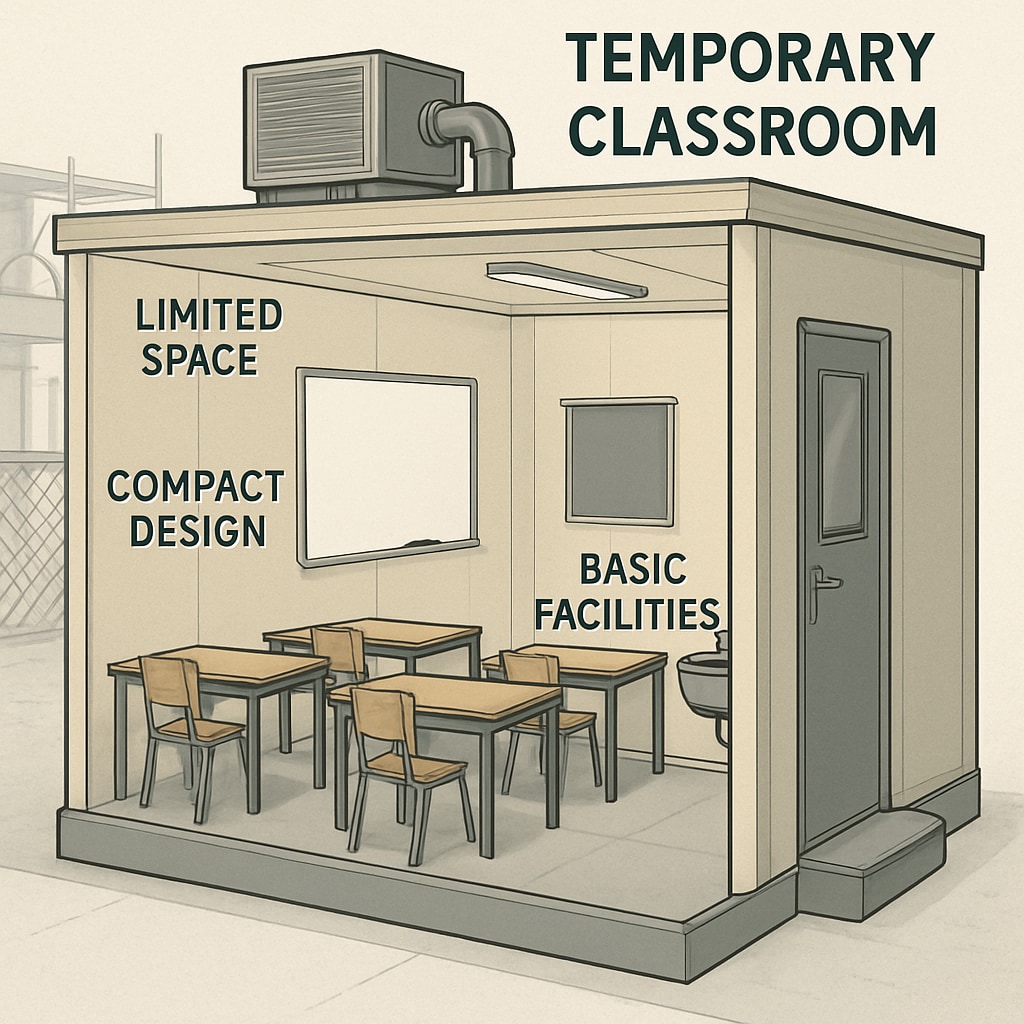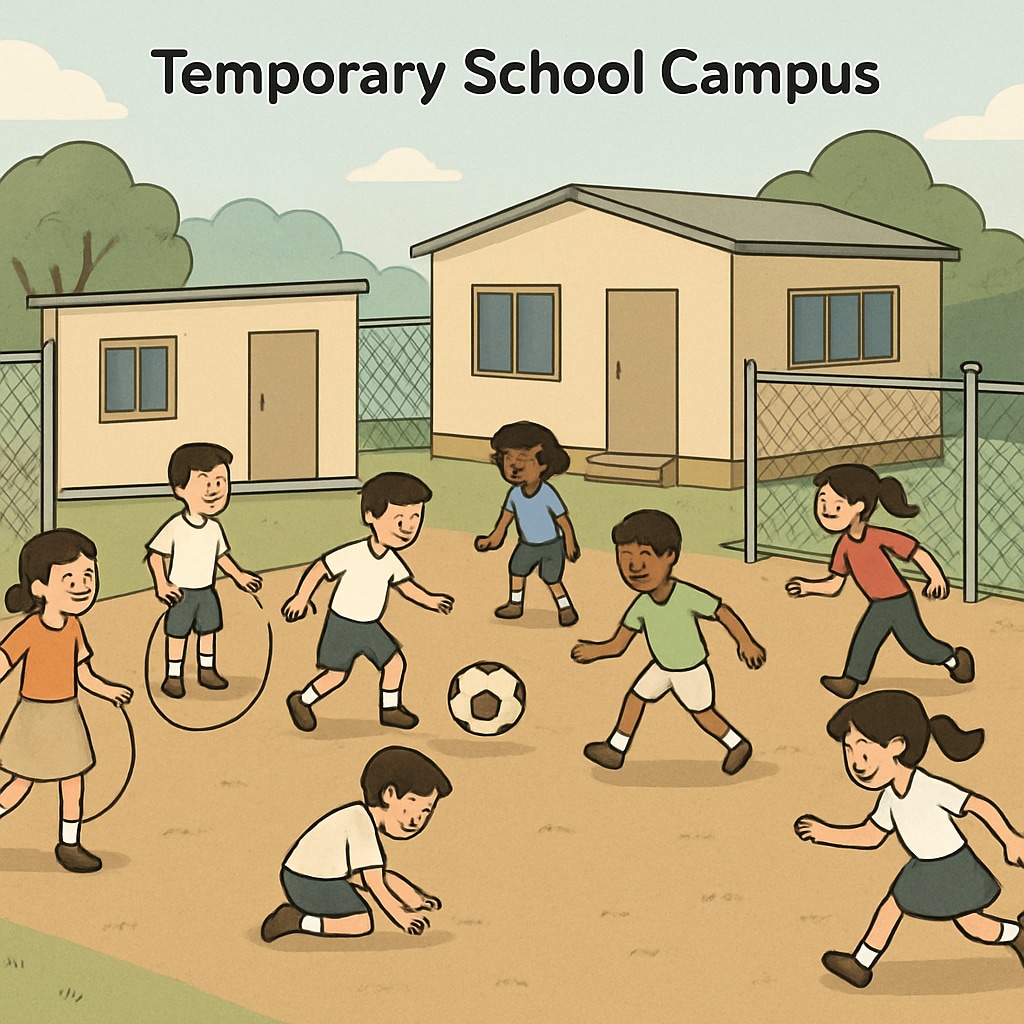Temporary campus environments resulting from school renovations can significantly impact children’s learning and emotional well-being. The challenges associated with limited facilities, restricted parental access, and unconventional spaces require thoughtful strategies to ensure students adapt successfully. In this article, we explore these challenges and provide actionable solutions to support young learners during transitional periods.
Understanding the Impact of Temporary Campus Changes
School renovations often involve relocating students to temporary campuses, such as modular classrooms or activity-limited spaces. These environments can disrupt routines and affect children’s sense of stability. For example, the absence of playgrounds or familiar classrooms may lead to decreased physical activity and social interaction among students.
Additionally, restricted parental access to temporary campuses can reduce opportunities for direct communication between teachers and families, potentially hindering the effectiveness of collaborative efforts to address students’ needs. According to Britannica’s overview of education systems, stability in learning environments plays a crucial role in a child’s cognitive and emotional development.

Key Challenges Faced by Students and Families
The transition to a temporary campus often creates several challenges for both children and their families. Understanding these issues is the first step toward addressing them effectively:
- Reduced access to facilities: Temporary campuses may lack adequate spaces for extracurricular activities, such as sports or art programs, which are vital for holistic development.
- Emotional stress: Children may struggle with feelings of uncertainty or frustration due to the unfamiliar environment.
- Limited parental involvement: Restricted access to campus may reduce opportunities for parents to stay engaged with their child’s education.
These challenges, combined with the physical constraints of temporary setups, highlight the importance of proactive measures to ensure children’s well-being.

Practical Solutions for Supporting Students During Transitions
Parents, educators, and administrators can work together to mitigate the impact of temporary campus changes. Here are several strategies to support children during this period:
- Create a sense of routine: Establish consistent schedules for learning and extracurricular activities to provide stability.
- Enhance communication: Use digital tools or regular meetings to maintain strong communication between families and teachers.
- Encourage emotional expression: Provide children with outlets to express their feelings, such as journaling or art activities.
- Supplement physical activity: Organize outdoor events or activities off-campus to ensure children stay active.
By prioritizing collaboration and adaptability, families and schools can turn transitional challenges into valuable growth opportunities for children.
The Role of Parental Support in Adapting to Changes
Parental involvement is essential in helping children navigate temporary campus environments. Parents can play an active role by fostering resilience and encouraging a positive mindset. For example, discussing the renovation process and its benefits can help children understand the long-term value of the changes.
In addition, parents can advocate for community resources, such as nearby parks or libraries, to supplement the lack of facilities on campus. As highlighted by Wikipedia’s article on parenting, consistent family support positively impacts children’s ability to adapt to new situations.
Ultimately, the partnership between families and schools plays a crucial role in ensuring that children not only adapt but thrive in temporary campus settings.


